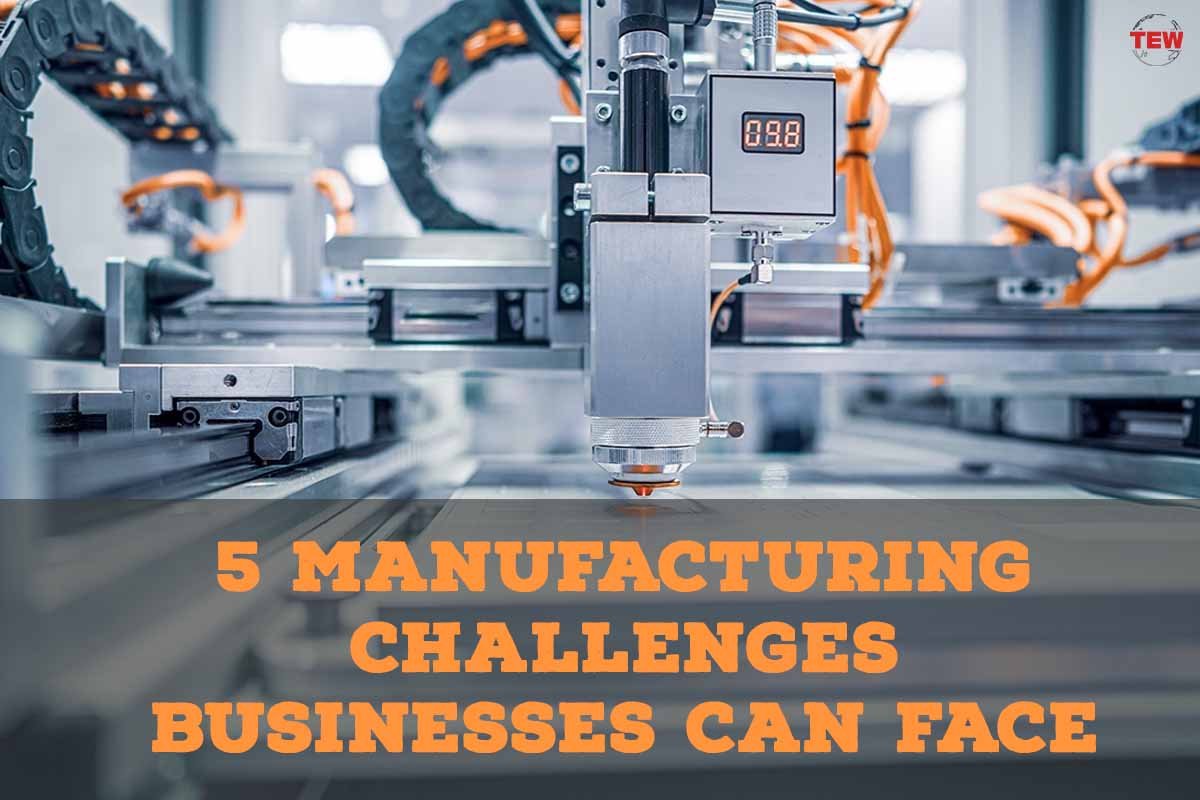Manufacturing businesses face a lot of challenges today. After the global pandemic, manufacturing companies have continued to face challenges like shortage of labor, less production, and decreased profits. Additionally, it doesn’t help that manufacturers are expected to lower production costs while still meeting customer demands. However, conveyor manufacturers in Australia reported that their conveyor systems are now more popular because of their ability to reduce the number of people involved in the manufacturing process.
But let’s talk about five common challenges faced by manufacturing businesses, which include the following:
1. Strict Industrial Regulations

Manufacturers must ensure that their products meet industry standards and are safe for consumers. Failure to do this results in hefty fines and even the closure of Manufacturing businesses. Additionally, organizations like the Food and Drug Administration go to lengths to ensure that consumers are protected. The organizations conduct regular checks to ensure every manufacturer meets the set standards. As such, manufacturers must exercise great caution and see to it that their products are of high quality and adhere to all regulations.
2. Inflation
All manufacturing businesses have been affected by inflation at some point. With increased prices and competition from other manufacturing businesses, it becomes harder for manufacturers to make profits. Since the pandemic, the cost of materials has increased drastically. Therefore, manufacturers are forced to increase the cost of products. Additionally, they face transportation costs and increased wages to maintain their workers. As a result, many manufacturing companies opt for conveyor belts to reduce labor and shorten the time for transportation.
3. Keeping Up With Technology

For manufacturers to stay relevant, they must keep up with technological advancements. For instance, many companies today are adopting automated systems that reduce reliance on human labor. Additionally, using software to manage your employee schedules and organize data such as orders and deliveries can improve workflow and productivity.
4. Labor Shortage
Today, there is a shortage of skilled workers. Even with raw materials available, it remains challenging for manufacturers to get enough skilled workers to work in various departments. For years, workers have complained of poor working conditions in industries, such as poor air conditioning or too many working hours. As such, these types of jobs are becoming less popular. To get more workers and maintain existing employees, manufacturers can do the following:
- Give employees enough time to rest.
- Create favorable working conditions for workers
- Create favorable amenities like break rooms.
5. High Cost of Renting Spaces

Manufacturing any goods is a tedious and lengthy process. Additionally, manufacturers need a lot of space to move around and place equipment. The rent for big spaces is high and costs companies a lot of money. Some companies are forced to consolidate conference rooms and offices to leave more space for manufacturing. Additionally, some sites aren’t enough to accommodate workers and staff, slowing production.
Conclusion
Manufacturing businesses face a lot of challenges during the manufacturing process. From inflation to higher costs of raw materials, production costs have gone up. Other issues include expensive leases and a lack of skilled labor. The good news is that recognizing these problems is the first step to solving them. Training employees and renting out spaces away from urban centers can be excellent ways to reduce production costs.





